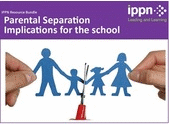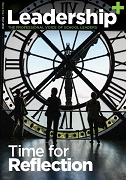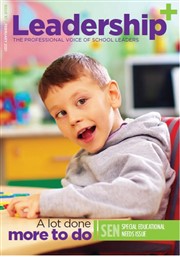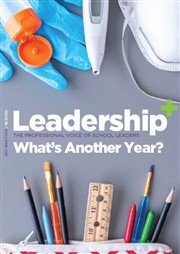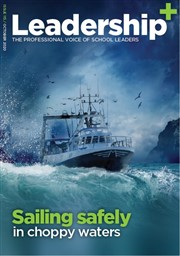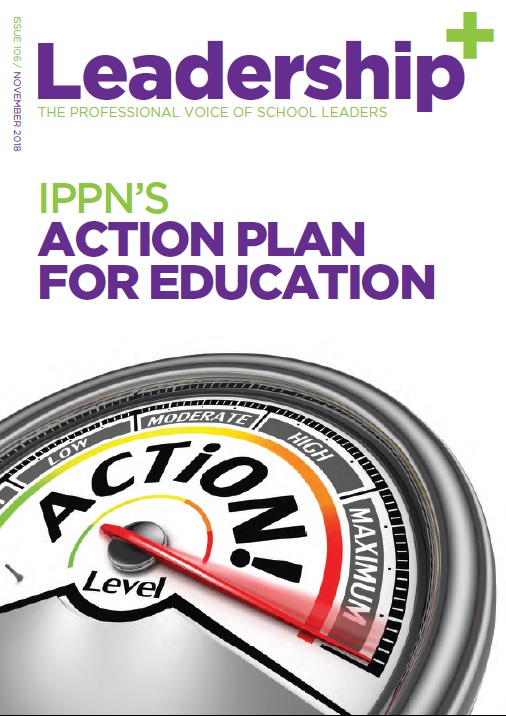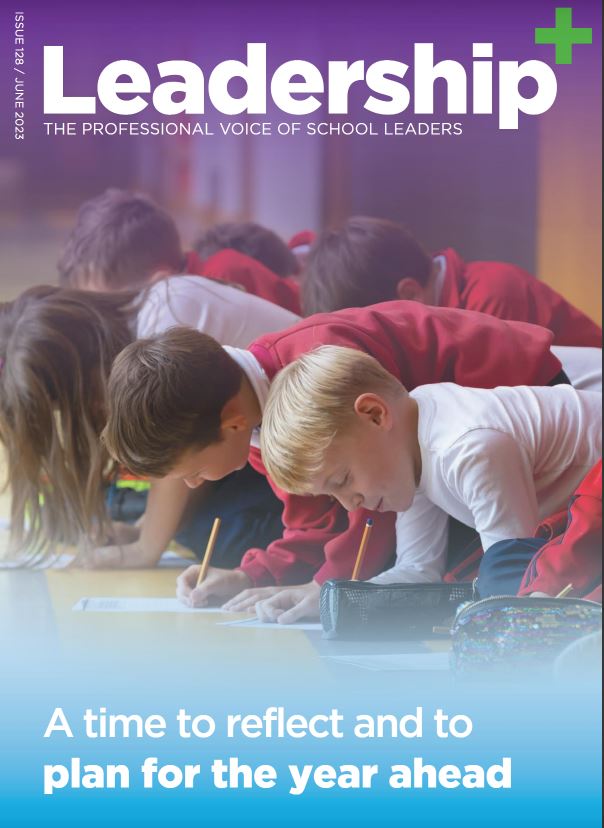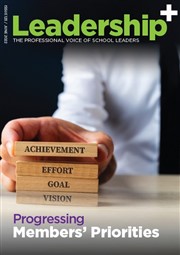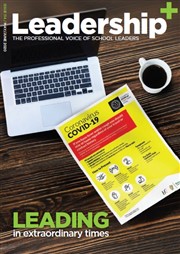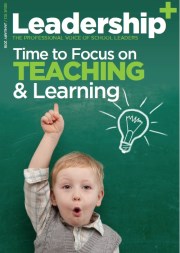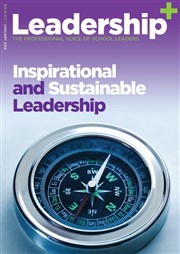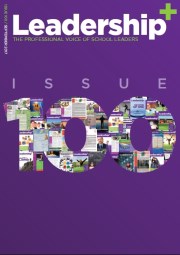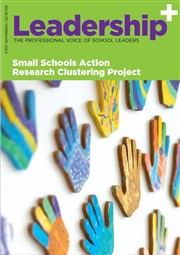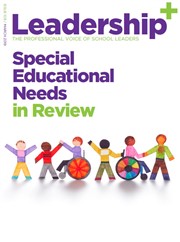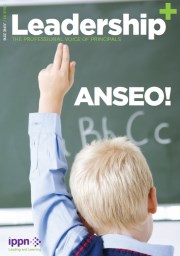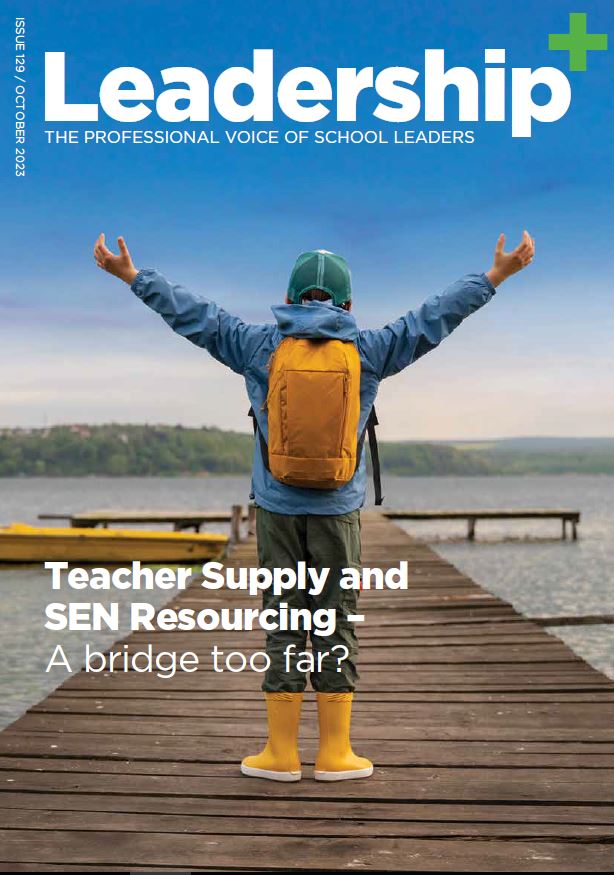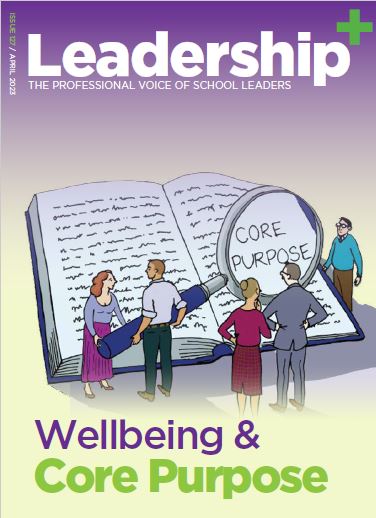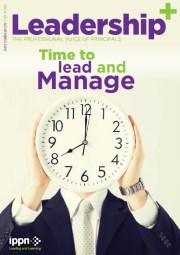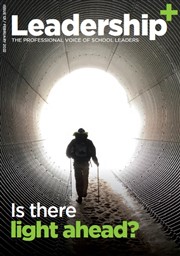Changes in school: The effects of budget cutbacks in the classrooms
- Published: 30 October 2008
Source : Irish Examiner
31st October 2008
By Niall Murray Education Minister
EDUCATION Minister Batt O'Keeffe has insisted school staffing changes proposed in Budget 2009 will return them to teacher allocations they had in 2007, when he says "the roof did not collapse".
From next September, schools will have one classroom teacher for every 28 pupils at primary level, and for every 19 students in second-level schools.
But budget measures other than those staffing changes will mean that, when schools reopen after the summer holidays, many other things will be quite different from what they were in 2007.
LANGUAGE SUPPORT
Schools with high numbers of international children were given increased teachers in September 2007 to help children whose first language was not English.
This was to be the first stage of a Government commitment in the Towards 2016 social partnership agreement to provide an extra 550 language support teachers by 2009.
Up to then, one language support teacher was sanctioned for every 14 children in this category, but to a maximum of two.
Primary and second-level pupils have benefited from these extra teachers in the past two school years, but all schools will again be limited to two language support teachers from next autumn, meaning an automatic loss of four staff in dozens of schools.
There will be a double blow for those newcomer children in 2009 as, not only will they lose a few hours a week of English language teaching, they will be further diluted into larger classes than the previous two years.
This is also likely to have an impact on their classmates, as teachers strive to help children who have difficulty understanding what is being taught.
SPECIAL EDUCATIONAL NEEDS
The Government has boasted of its success integrating children with varying special educational needs, and the increased number of special needs assistants in our schools is testimony to that.
But as with the international students, these children's requirement for individual attention is vital to helping them reach their potential.
Even if primary and second-level class sizes were the same as they were in 2007, there is likely to be an increased proportion of pupils among the extra 14,000 Mr O'Keeffe predicts will be sitting in classrooms around the country next autumn.
The one-to-one help they get will therefore be less than two years earlier, as will the ability of teachers to cater for all the other students.
FUNDING
From next September, schools with Traveller students will be given just half the money they have received in previous years to help keep them in education by helping out with the costs of books, class materials and uniforms, and many schools previously given support for having high numbers of disadvantaged students will lose that funding.
Primary schools will have an average of €600 less next autumn in extra funding for learning materials used by teachers helping children with learning difficulties, or for the remaining language support teachers.
CURRICULAR CHANGE
The roll-out of a wider curriculum at primary and second level each year means more focus on children working in small groups to get a hands-on feel for many subjects.
In primary level science, a subject the Government is trying to get more young people interested in for the sake of the economy, teachers already complain that they are struggling to allow children working in sufficiently small groups to do their own experiments in class.
This was highlighted in a recent report by the National Council for Curriculum and Assessment (NCCA), statutory advisers to Mr O'Keeffe, on implementation of the subject at primary level. The second-level staffing reductions — will mean schools possibly dropping science subjects as an option for Leaving Certificate students.
Higher and honour-level classes previously split up by schools might have to be taught together, meaning teachers' time being shared between students of different abilities.





